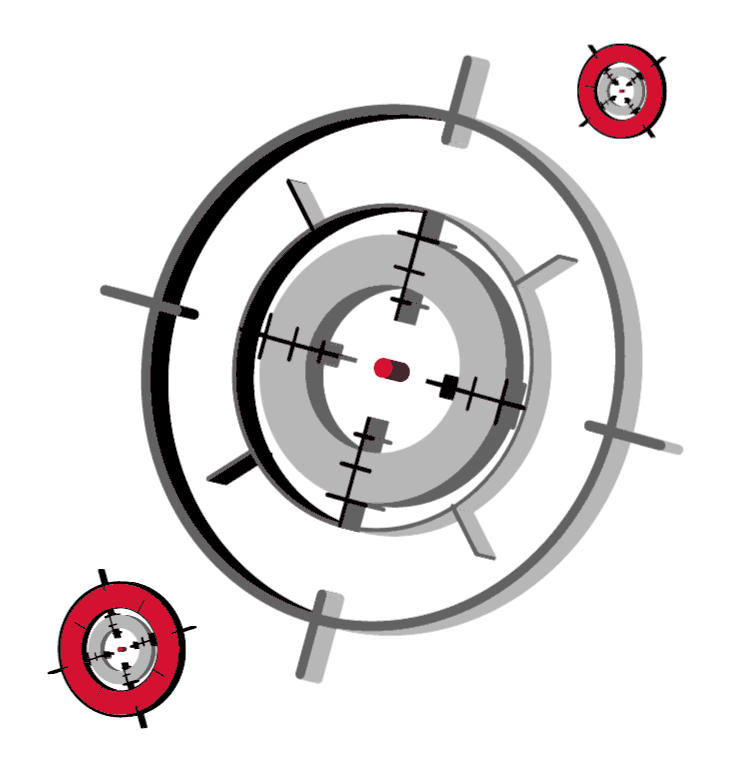
AngularJS is a structural framework for building dynamic web applications that lets you use HTML as the template language and eliminates a lot of code writing and at the same time fully ready for unit testing.
Two popular application skeletons for bootstrapping an AngularJS app are Angular-seed (https://github.com/angular/angular-seed) and Yeoman (http://yeoman.io/). It really depends on your project and preferences if you should be using any of these tools. Whereas angular-seed is a skeleton for a ”typical” AngularJS application, Yeoman might be more flexible since it’s built to work with many popular web frameworks.
AngularJS is one of the best frameworks to build large application but a general advice is to keep your AngularJS applications small and focused to combine them in to larger applications over time. This modular approach enables a more parallel workflow and makes it easier to scale the development team.










